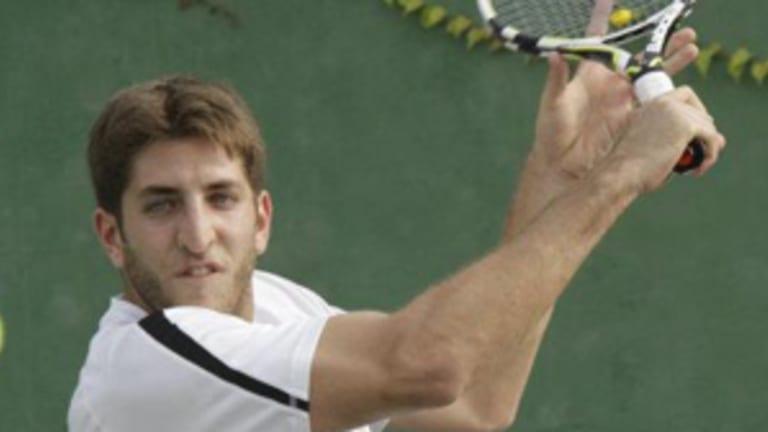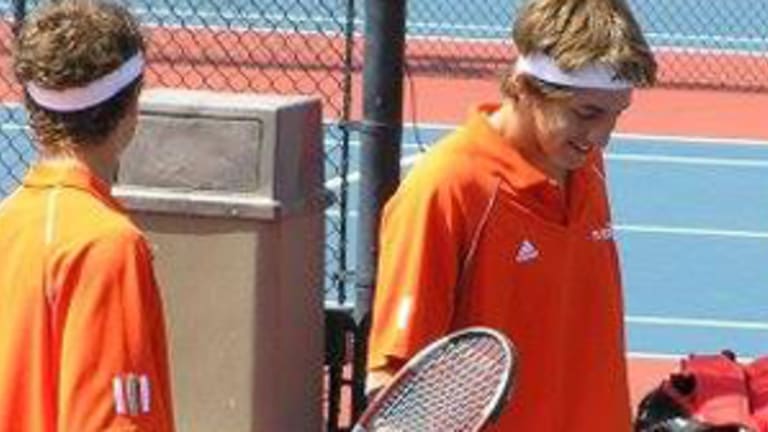Bassam Beidas was a three-time All-American at Pepperdine University, and his 76 career dual victories are tied for seventh on the the school's all-time list. After college, Beidas played in the pros and reached a career high-ranking of No. 499.
Recently, Beidas decided to call his tennis career quits at age 26. He shared his thoughts behind that decision, along with his experiences as a top-ranked college player and an injury-plagued professional, with TENNIS.com.
It has been less than a week since I decided to end the professional tennis chapter of my life. Despite my absence from the pro circuit for the past three years due to a string of injuries, it was not an easy decision.
My journey in this great but gut-wrenching sport saw me go from a young boy in Cairo hitting balls for fun to playing on the hallowed lawns of Wimbledon as a top junior. It saw me then move on playing for one of the most respected college tennis programs in the United States (Pepperdine) before finally ending up on the ITF Pro Circuit, with the hopes of playing full-time on the ATP World Tour.
Normally, that final chapter would be the most prolonged of the group, but in my case injuries cut my pro career dramatically short. Seven short months after I played my first post-graduation pro tournament in Morocco, my first injury struck. My professional rise was neither meteoric nor mediocre in that seven-month period: I reached four finals in my first five events (winning one of them).

